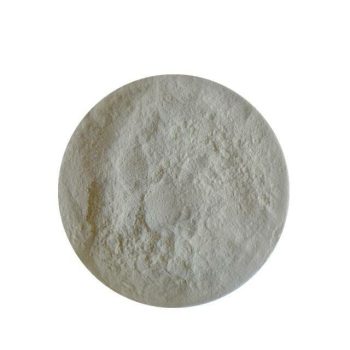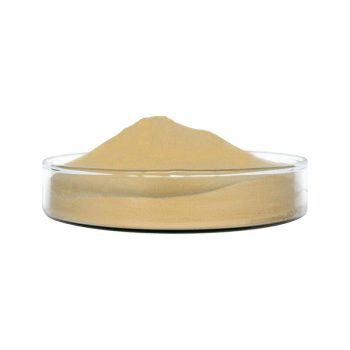| Product Name | Xylanase |
| Active Ingredient | Xylanase |
| CAS NO. | 9025-57-4 |
| Appearance | White Powder |
| Specification | 10000u/g |
| Shelf Life | 24 Months |
| Grade | Food & Pharmaceutical |
| MOQ | 1 kg / bag |
| Package | Bottle, Bag, Aluminum Foil Bag |
| Storage | Store in a cool and dry place, keep away from strong light and heat. |
Introduction
Xylanase can be used in brewing and feed industries. Xylanase can decompose the cell walls and β-glucans of raw materials in the brewing or feed industry, reduce the viscosity of the brewing materials, promote the release of effective substances, and reduce the non-starch polysaccharides in feed grains, and promote the absorption of nutrients utilization, and therefore easier access to soluble lipid components. Xylanase is the general term for a group of enzymes that can degrade xylan into oligosaccharides and xylose, mainly including exo β -1,4-xylanase, endo β -1,4-xylanase, and carbohydrase. Xylanase can decompose feed non-starch polysaccharides (NSPS) into xylo-oligosaccharides with a smaller degree of polymerization, thereby improving feed performance, eliminating or reducing non-starch polysaccharides in the intestines and stomach of animals due to their high viscosity, and the anti-nutritional effect caused by it can also destroy the structure of plant cell walls, improve the activity of endogenous digestive enzymes, and improve the utilization of feed nutrients.
In addition, xylanase is also widely used in papermaking, food, and textile industries.
The application pH range of xylanase is 3.5–6.0, the suitable temperature range is 40℃–60℃, and can withstand the high-temperature granulation temperature for several minutes.
Xylan is the main component of wood fiber and non-wood fiber. During the pulp cooking process, xylan is partially dissolved, denatured, and re-deposited on the fiber surface. If xylanase is used in this process, part of the redeposited xylan can be removed. This enlarges the pores of the pulp matrix, releases the trapped soluble lignin, and also allows the chemical bleaching agent to penetrate into the pulp more effectively. In general, it can increase the bleaching rate of pulp and therefore reduce the amount of chemical bleaching agents.
It is especially suitable for the high-temperature and alkaline pH environment of kraft pulp.




